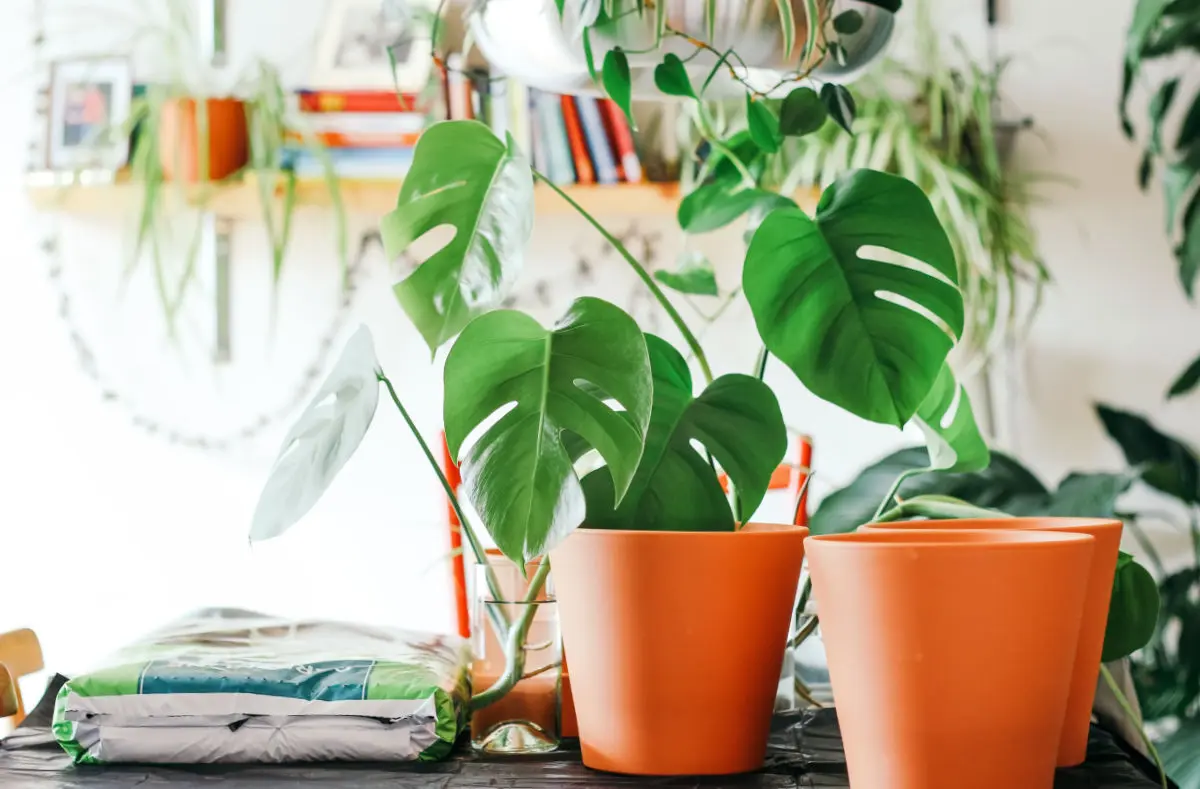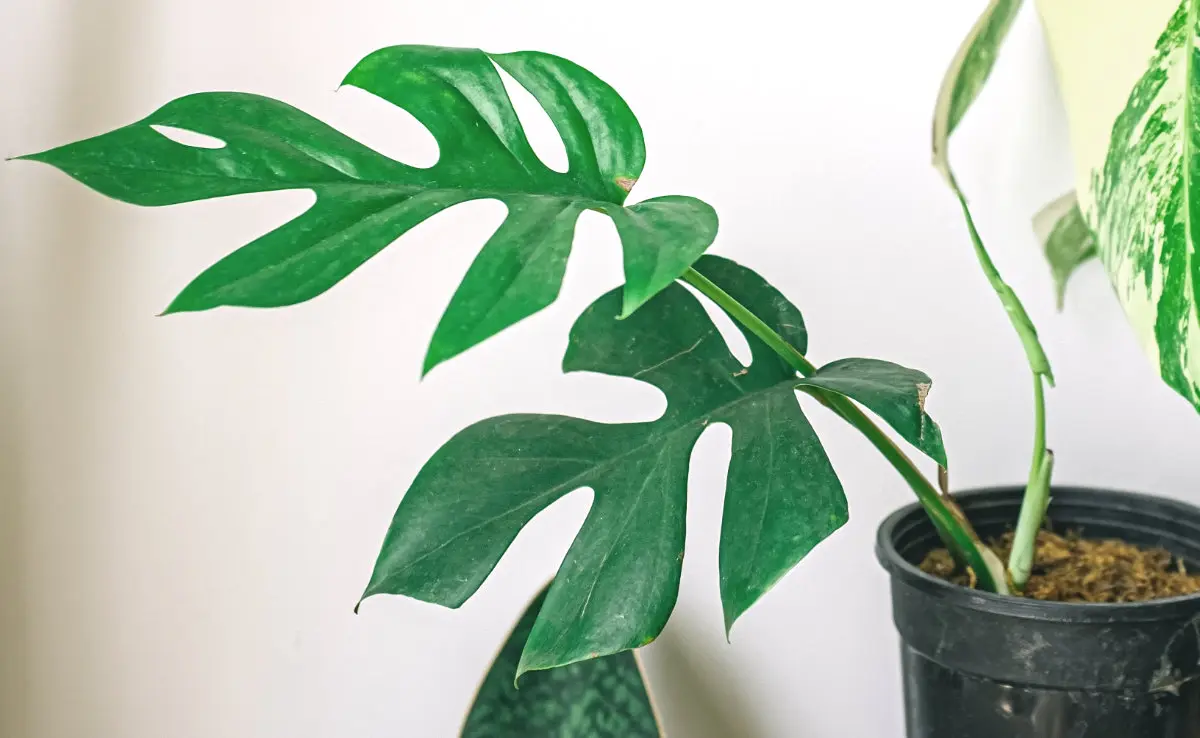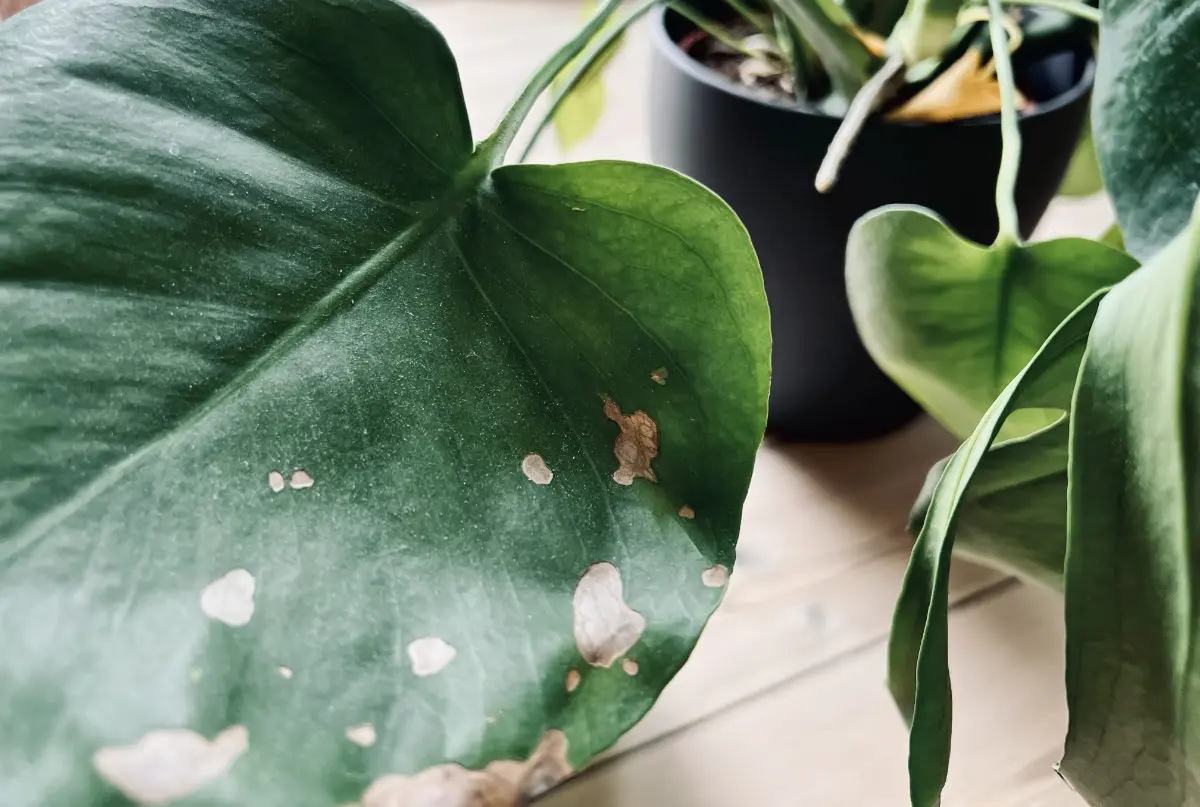The Perfect Pot for Your Monstera: A Comprehensive Guide
Choosing the right pot for your Monstera plant is crucial for its health and growth. Learn about the best pots for Monstera plants and how to select the perfect one in this comprehensive guide.
By Tobias Holm
If you're a plant enthusiast, chances are you've heard of the Monstera Deliciosa. With its strikingly large green leaves and unique shape, this tropical plant has become a popular choice for indoor gardeners.
But with great plants come great responsibilities, and finding the perfect pot for your Monstera can be a daunting task. After all, the right pot can make all the difference in the health and growth of your plant.
That's why we've created this comprehensive guide to help you choose the perfect pot for your Monstera. From size to material, drainage to aesthetics, we'll cover everything you need to know to ensure your Monstera thrives in its new home.
So whether you're a seasoned plant parent or a beginner, read on for our expert advice on finding the perfect pot for your Monstera Deliciosa.
Understanding the Importance of Choosing the Right Pot
Choosing the right pot for your Monstera is crucial to ensuring its health and growth.
A pot that is too small can restrict root growth and lead to stunted growth, while a pot that is too large can hold too much moisture, which can cause root rot. The right pot should provide enough space for the roots to grow and allow for proper drainage to prevent water from pooling.
In addition to aiding in your plant's growth, the right pot can also enhance the aesthetic appeal of your Monstera. A well-chosen pot can complement the plant's unique shape and add to the overall look of your indoor garden.
With so many options available, it can be overwhelming to choose the perfect pot for your Monstera. But fear not, we've got you covered.
Factors to Consider When Selecting a Pot for Your Monstera
When selecting a pot for your Monstera, there are several factors to consider. These include the material of the pot, the size of the pot, and the drainage system.
Each of these factors can have a significant impact on the health and growth of your plant.
Material
Pots come in a variety of materials, including plastic, ceramic, terracotta, and more. Each material has its own advantages and disadvantages, so it's important to choose the right one for your Monstera.
Plastic pots are lightweight and inexpensive, making them a popular choice for many indoor gardeners. They also retain moisture well, which can be beneficial for plants that require consistently moist soil. However, plastic pots can become brittle over time and may not be the most aesthetically pleasing option.
Ceramic pots are a stylish option that can add to the overall look of your indoor garden. They are also durable and can last for years with proper care. However, they can be heavy and may not be the best option for those who like to move their plants around frequently.
Terracotta pots are a popular choice for succulent and cactus plants, but they can also be suitable for Monstera plants. They are porous and allow for air circulation, which can be beneficial for the roots. However, they can also dry out quickly, which can be problematic for plants that require consistently moist soil.
Size
Choosing the right size pot for your Monstera is crucial to its growth and health. A pot that is too small can restrict root growth, while a pot that is too large can hold too much moisture and cause root rot.
As a general rule of thumb, choose a pot that is 2-4 inches larger in diameter than the current pot your Monstera is in. This will allow enough space for the roots to grow without overwhelming the plant.
Drainage
Proper drainage is essential to the health of your Monstera. Without proper drainage, water can pool in the bottom of the pot, which can lead to root rot and other issues.
Choose a pot with drainage holes in the bottom to allow excess water to escape. You can also add a layer of gravel or stones to the bottom of the pot to help with drainage.
Types of Pots for Monstera Plants
There are several types of pots available for Monstera plants. Each type has its own unique advantages and disadvantages.
Plastic Pots
Plastic pots are a popular choice for many indoor gardeners. They are lightweight, inexpensive, and come in a variety of sizes and colors. They are also easy to clean and can be reused for many years.
However, plastic pots can become brittle over time and may not be the most aesthetically pleasing option. They also do not provide great insulation, which can be problematic for plants that require consistent temperatures.
Ceramic Pots
Ceramic pots are a stylish option that can add to the overall look of your indoor garden. They come in a variety of colors and patterns, so you can find one that complements your Monstera. They are also durable and can last for years with proper care.
However, ceramic pots can be heavy and may not be the best option for those who like to move their plants around frequently. They are also more expensive than plastic pots.
Terracotta Pots
Terracotta pots are a popular choice for succulent and cactus plants, but they can also be suitable for Monstera plants. They are porous and allow for air circulation, which can be beneficial for the roots.
However, terracotta pots can dry out quickly, which can be problematic for plants that require consistently moist soil. They are also more fragile than plastic or ceramic pots and can break easily if dropped.
Self-Watering Pots
Self-watering pots are a convenient option for those who may forget to water their plants regularly. They have a reservoir at the bottom that holds water, which is then absorbed by the soil as needed.
However, self-watering pots can be expensive and may not be the best option for plants that require consistent moisture levels.
How to Choose the Right Size Pot for Your Monstera
Choosing the right size pot for your Monstera is crucial to its growth and health. As we mentioned earlier, a pot that is too small can restrict root growth, while a pot that is too large can hold too much moisture and cause root rot.
To choose the right size pot for your Monstera, consider its current size and how much it has grown since you last repotted it. As a general rule of thumb, choose a pot that is 2-4 inches larger in diameter than the current pot your Monstera is in.
Potting Mix and Soil Requirements for Monstera Plants
Choosing the right potting mix and soil is essential to the health and growth of your Monstera. Monstera plants require well-draining soil that is rich in nutrients.
A good potting mix for Monstera plants should contain a mixture of peat moss, perlite, and vermiculite. These ingredients provide good drainage and aeration, which is essential for healthy root growth.
Avoid using soil from your garden, as it may contain pests and diseases that can harm your Monstera. Instead, opt for a high-quality potting mix designed specifically for indoor plants.
Repotting Your Monstera - When and How to Do It
Repotting your Monstera can be essential to its growth and health. As the plant grows, its roots will outgrow the current pot and become root-bound. Repotting allows for fresh soil and more room for the roots to grow.
You should repot your Monstera every 1-2 years, or when it has outgrown its current pot. To repot your Monstera, follow these steps:
- Choose a pot that is 2-4 inches larger in diameter than the current pot your Monstera is in.
- Remove the plant from its current pot and gently loosen the roots.
- Add a layer of gravel or stones to the bottom of the new pot for drainage.
- Add a layer of potting mix to the new pot.
- Place the Monstera in the new pot and fill in with potting mix.
- Water the plant thoroughly.
Tips for Maintaining Healthy Monstera Plants in the Perfect Pot
Now that you've chosen the perfect pot for your Monstera, it's important to keep it healthy and thriving. Here are some tips to help you maintain a healthy Monstera plant:
- Water your Monstera when the top inch of soil is dry.
- Provide your Monstera with bright, indirect sunlight.
- Rotate your Monstera every few months to ensure even growth.
- Fertilize your Monstera every 2-4 weeks during the growing season.
- Keep your Monstera away from cold drafts and extreme temperatures.
- Keep an eye out for pests and diseases and treat them promptly.
Decorative Pot Options for Monstera Plants
Now that you know how to choose the perfect pot for your Monstera, why not add a decorative touch to your indoor garden? There are many decorative pot options available that can complement the unique shape and texture of your Monstera.
Choose a pot that complements your decor and adds to the overall look of your indoor garden. You can also opt for a hanging pot or wall planter to add some vertical interest to your space.
Conclusion and Final Thoughts
Choosing the perfect pot for your Monstera can be a daunting task, but with our comprehensive guide, you're well on your way to finding the perfect fit. Remember to consider the material, size, and drainage system when selecting a pot, and choose a potting mix and soil that are rich in nutrients.
Repot your Monstera every 1-2 years, and keep it healthy by providing it with adequate water, sunlight, and fertilizer. With the right pot and care, your Monstera will thrive and add a beautiful touch to your indoor garden.



